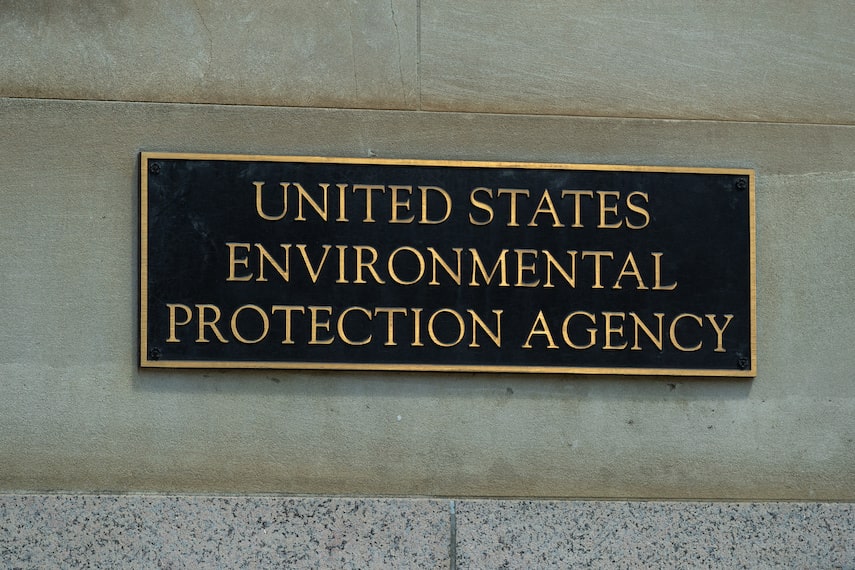Deep in the preamble to EPA’s new methane rule is the regulatory cost/benefit analysis (there are actually two cost/benefit analyses, but I’ll get to that). The New York Times picked up on this and published an article that is already becoming widely-referenced (“Biden Administration Unleashed Powerful Regulatory Tool Aimed at Climate“) which makes the bold statement:
“The new estimate of the social cost of carbon, making its debut in a legally binding federal regulation, is almost four times [the current] amount: $190 a ton.”
Well, yes… kinda. But that’s a massive oversimplification and meaningfully out of context. The meat of the matter is not actually in the rule’s preamble, but in a 171-page supporting document referenced in the preamble called (inhale deeply before trying to say this out loud):
That document is incredibly complicated and I haven’t read it all (not sure I’m going to…), especially given that I am concurrently reading the rule itself. But there are a couple of important matters folks should know before you start building business cases – or going to your boards – with a $190/ton scenario.
To begin with, while the NYT calls $190/ton “a legally binding federal regulation,” it only applies to federal rulemaking cost-benefit analyses for purposes of complying with Executive Order 12866 – not to companies directly. Plus, this is one of the two cost-benefit analyses I referred to earlier, and EPA didn’t use it like you might think. According to the methane rule preamble:
“EPA weighed the relevant statutory factors to determine the appropriate standards and did not rely on the monetized benefits analysis for purposes of determining the standards. E.O. 12866 separately requires the EPA to perform a benefit-cost analysis, including monetizing costs and benefits where practicable, and the EPA has conducted such an analysis.” [Emphasis added].
EPA’s cost-benefit analysis for the methane rule (the second cost-benefit analysis) only considered costs “associated with the [emissions control] options under consideration” specifically for natural gas flaring “based on the statutory factors the EPA is required to consider under section 111(a) of the CAA (including cost, energy requirements and nonair quality health, and environmental impacts).” So EPA developed the social cost of carbon, but didn’t use it. EPA’s own comments on the SC-GHG (social cost of aggregated GHG emissions) methodology don’t inspire confidence: it reflects “omitted impacts” and is subject to change as “the EPA is continuously reviewing developments in the scientific literature on the SC-GHG, including more robust methodologies for estimating damages from emissions, and looking for opportunities to further improve SC-GHG estimation going forward.” Refer to pages 778-781 of the methane rule if you want to read more.
There is no mandate that companies use or report any SC-GHG numbers to EPA or SEC – at least unless and until the SEC promulgates a final climate rule requiring that companies report internal costs of carbon when they are used. If your company uses – or plans to use – internal carbon pricing for managerial accounting, I wouldn’t change your numbers just yet. Compare your assumptions, methodology and results to those in the new analysis to see whether you think it really is warranted – and read the next blog about why $190/ton may not be the correct number anyway.
If you aren’t already subscribed to our complimentary ESG blog, sign up here: https://practicalesg.com/subscribe/ for daily updates delivered right to you.










